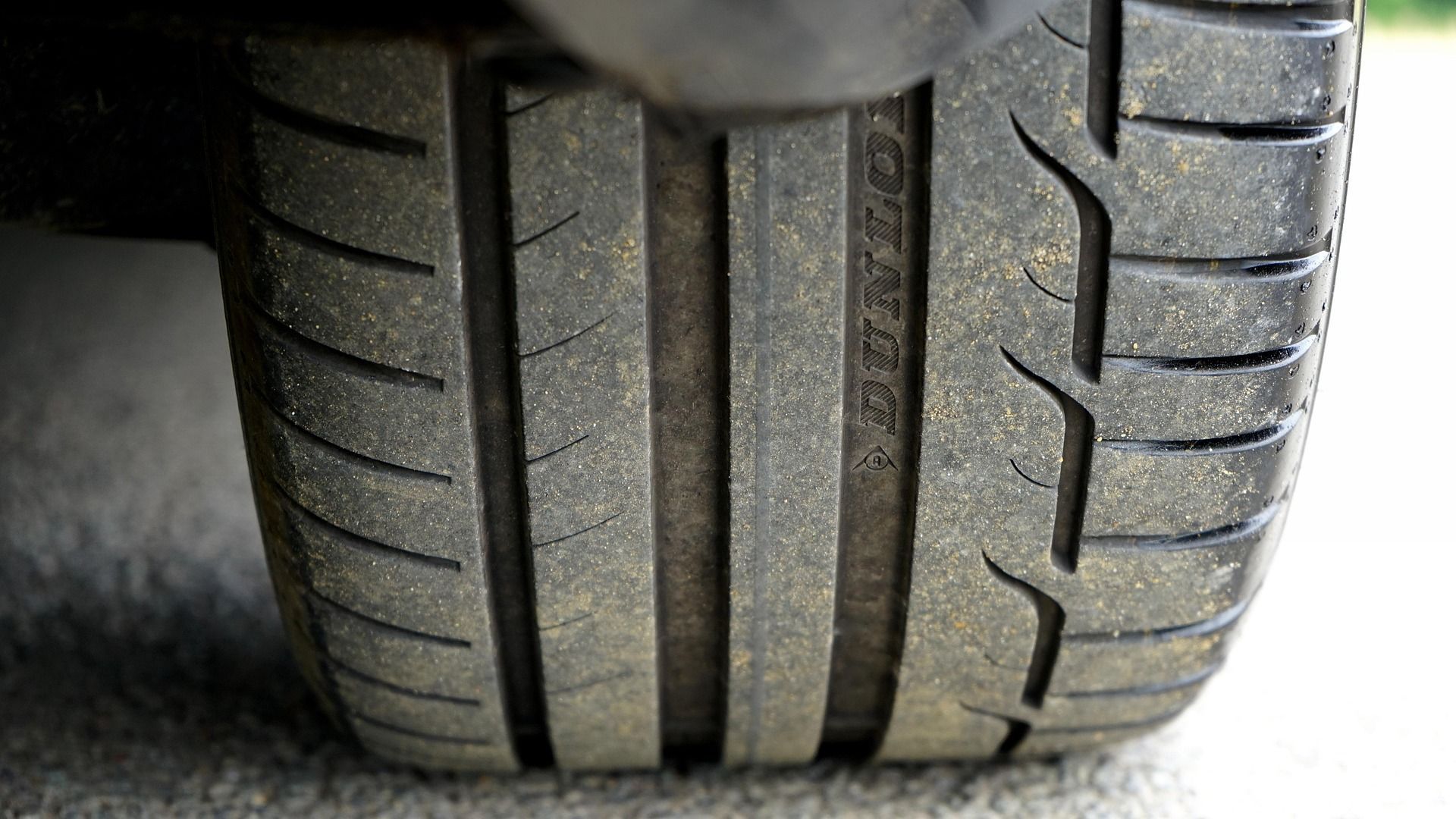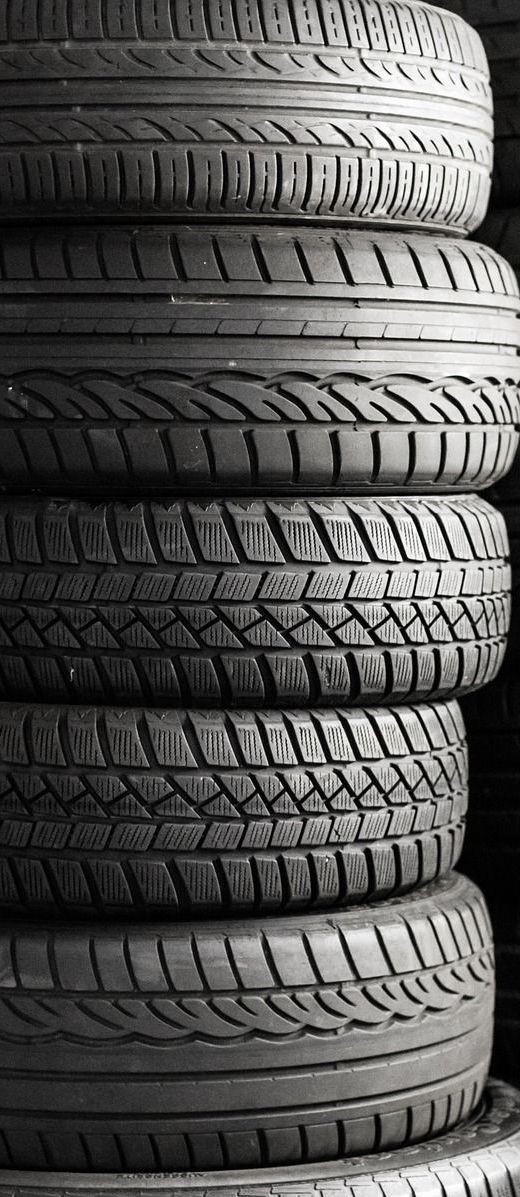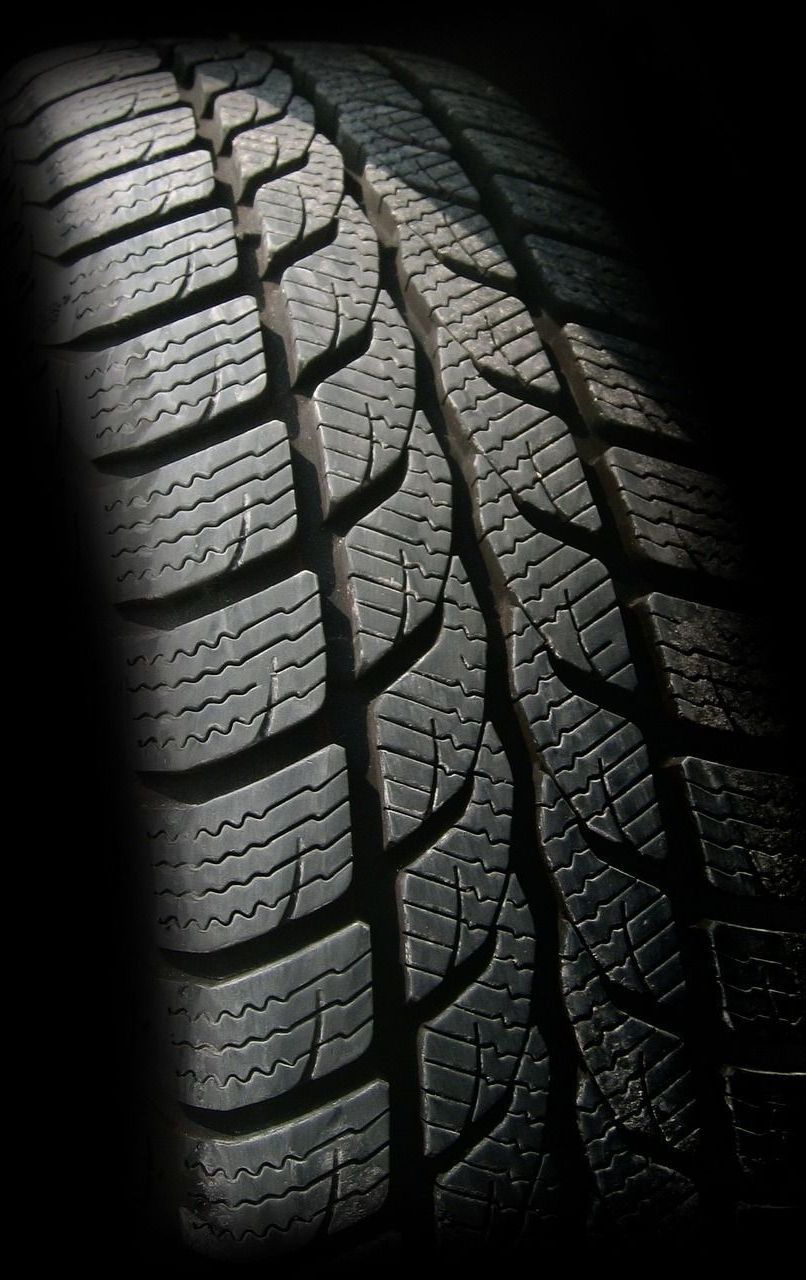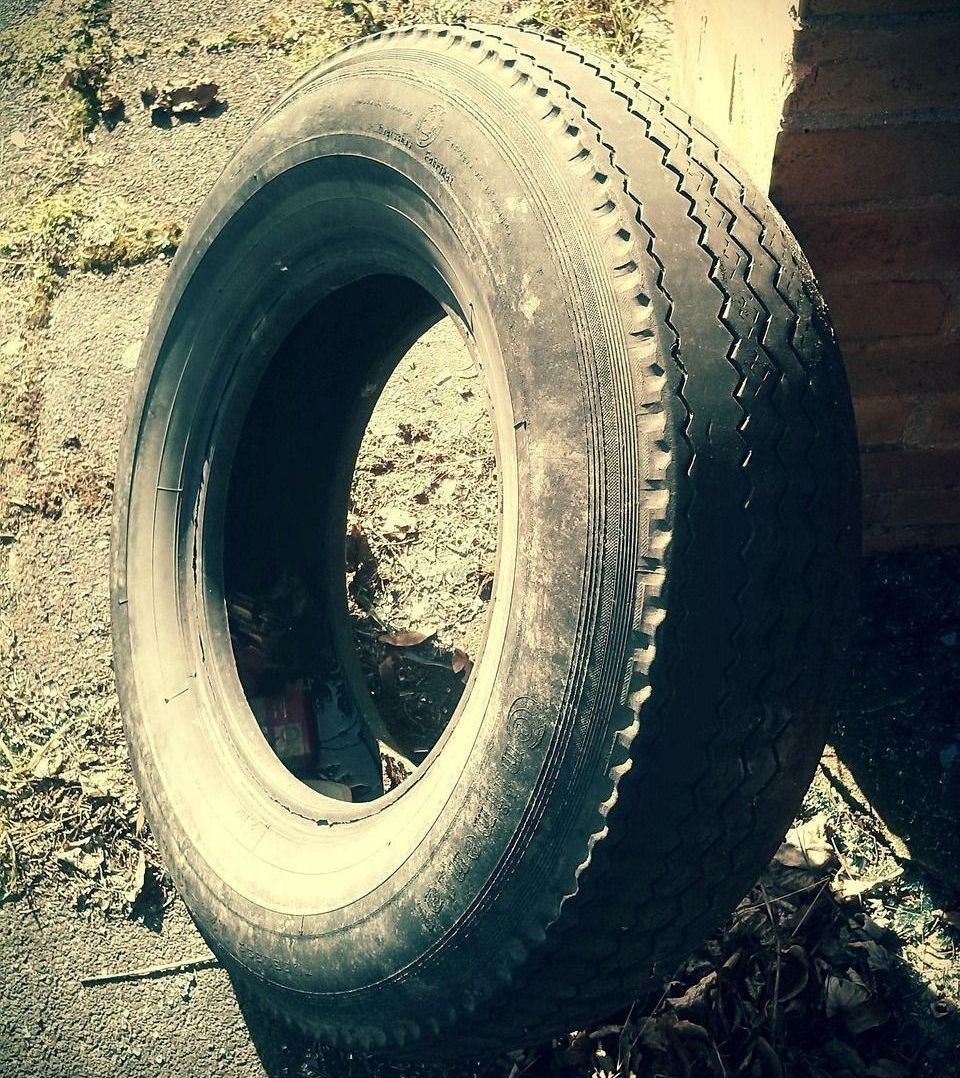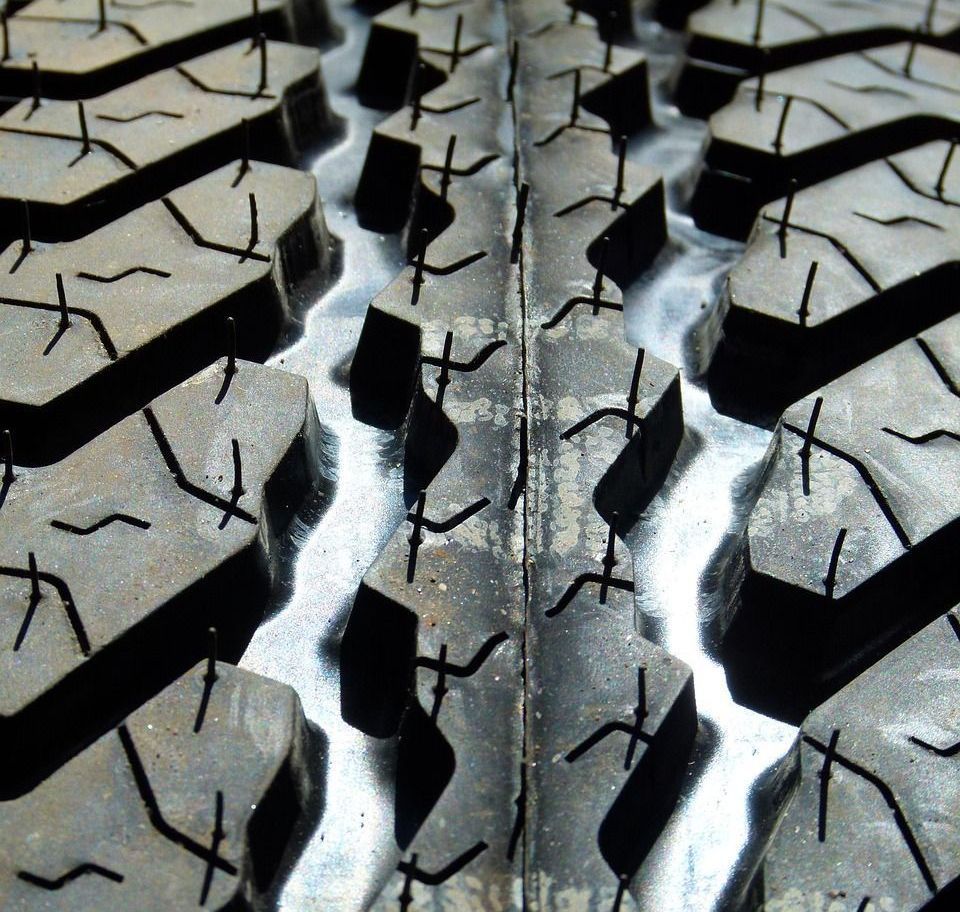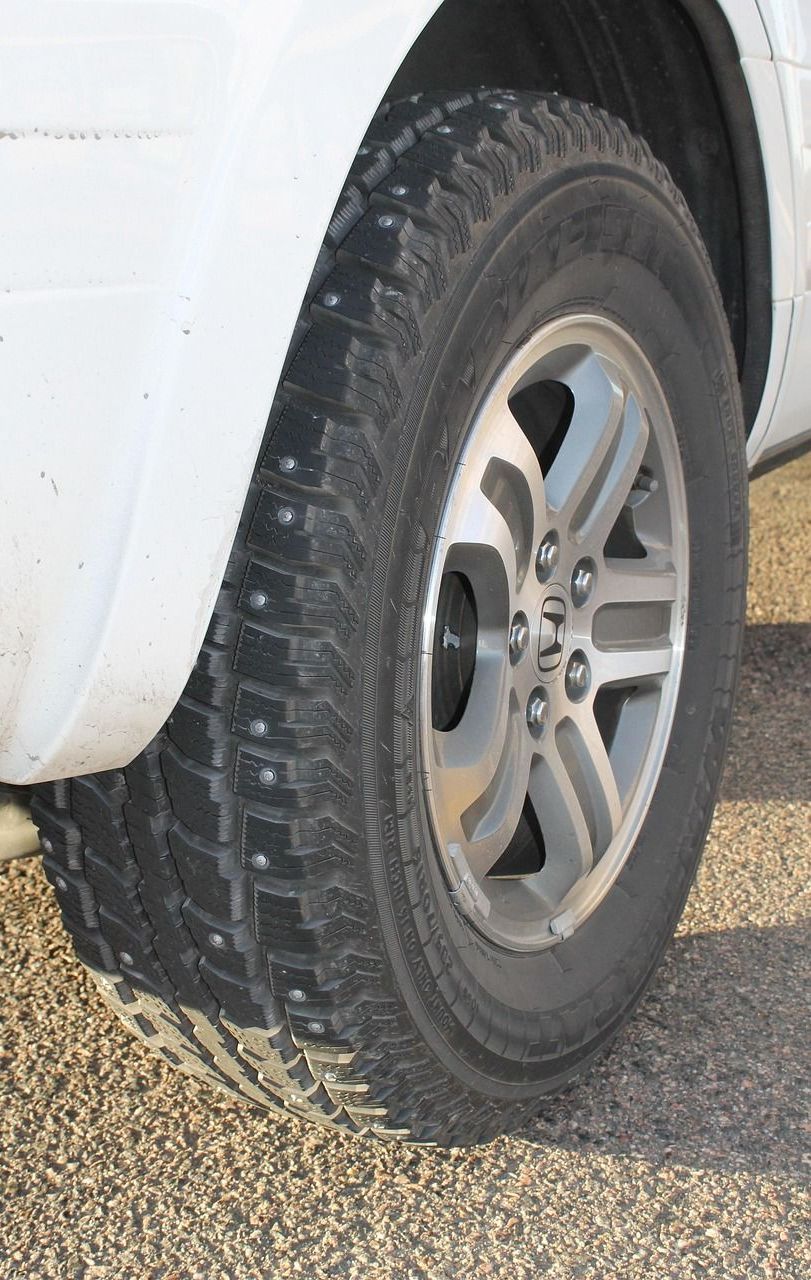What Causes Uneven Tire Wear?
Don’t Ignore the Signs
Uneven tire wear is more than just a nuisance. It shortens the life of your tires, affects your car’s handling, and can even be a safety risk. If you’re noticing bald spots, scalloping, or a difference in tread depth from one tire to another, it’s not something to ignore. Fortunately, most uneven wear patterns are preventable with routine maintenance and a little know-how.
Here’s a breakdown of the most common causes of uneven tire wear and what you can do to stop it.
1. Improper Tire Pressure
Improper inflation is one of the most common culprits behind uneven wear. When your tires are underinflated, the outer edges bear the brunt of the workload, wearing down faster than the center. Overinflated tires, on the other hand, wear down the center tread prematurely.
The solution: Check your tire pressure monthly, especially before long drives or in extreme weather. The correct PSI for your vehicle can usually be found on a
sticker inside the driver’s side door or in your owner’s manual. Make sure to check when the tires are cold for the most accurate reading.
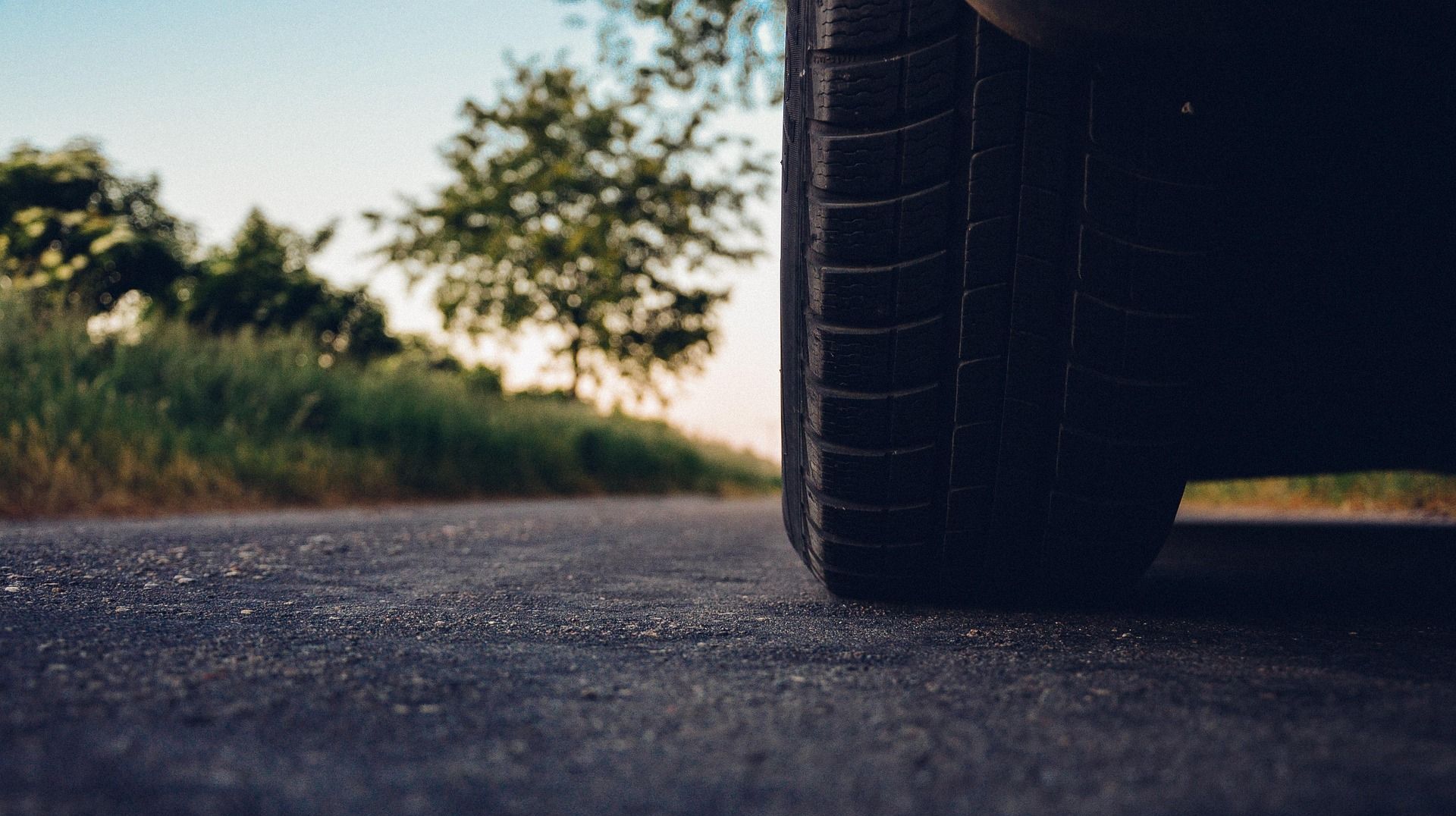
2. Misaligned Wheels
Wheel alignment refers to how your tires sit relative to the frame of the car. When alignment is off, your tires don’t point in the right direction and they can scrub against the road at odd angles. This leads to edge wear, feathering, or camber wear depending on the type of misalignment.
You might not always notice an alignment issue right away, but if your vehicle pulls to one side, your steering wheel vibrates, or your tires show strange wear patterns, it’s time to get things checked.
The solution: Get your alignment inspected at least once a year, or sooner if you hit a major pothole or curb. At Raymond’s Tire Shop, we use precision equipment to bring everything back into spec.
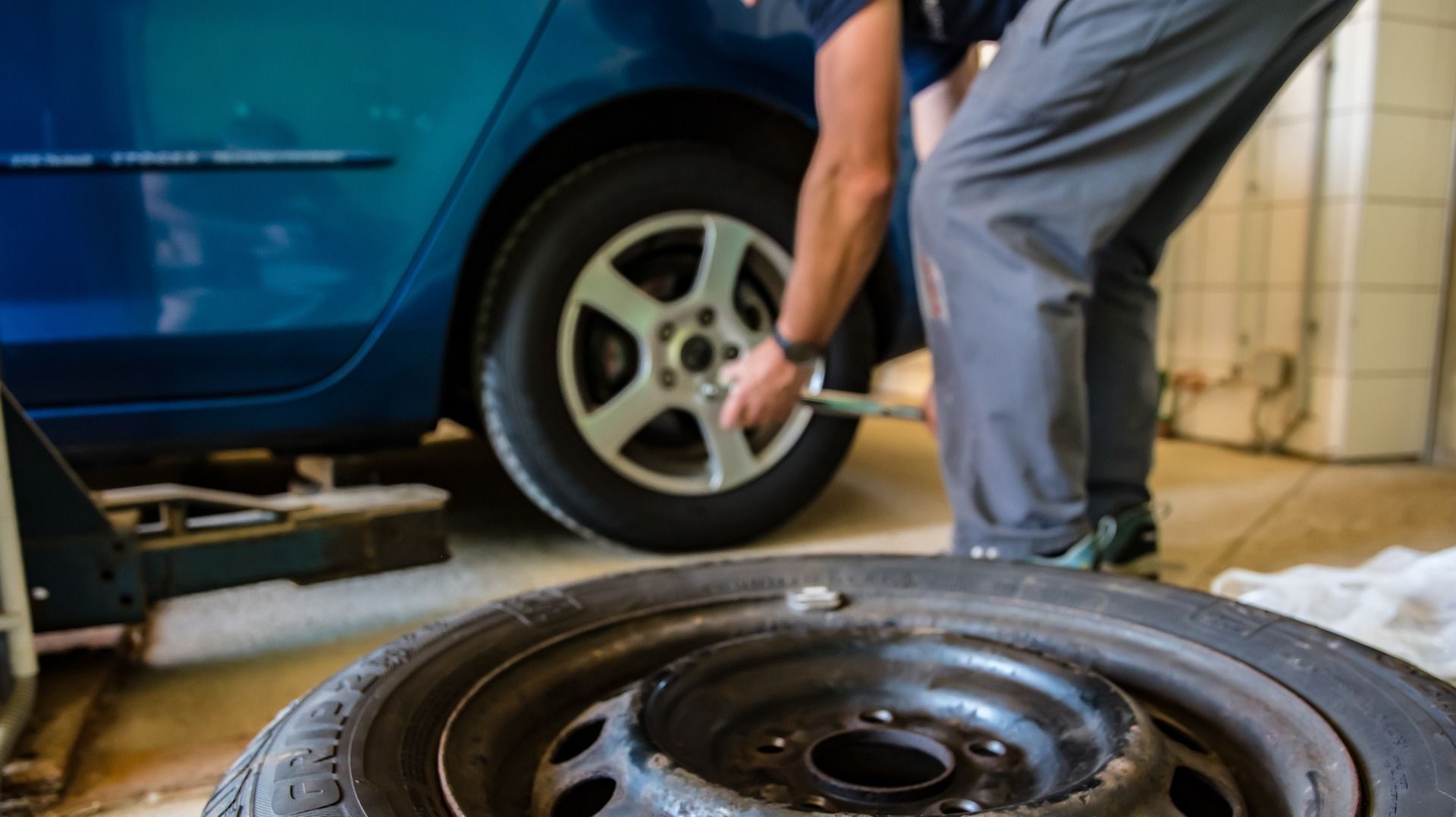
3. Lack of Regular Tire Rotation
Your front and rear tires wear at different rates because they do different jobs. On front-wheel drive vehicles, for example, the front tires handle most of the steering, acceleration, and braking. Left alone, they’ll wear out faster than the rear tires and wear unevenly.
The solution:
Rotate your tires every 5,000 to 8,000 miles, or according to your manufacturer’s recommendation. This helps even out tread wear and extends the overall life of your tires.
4. Suspension or Steering Issues
Worn suspension components, like shocks, struts, ball joints, or bushings, can lead to bouncing, vibration, and poor tire-to-road contact. Over time, this creates irregular wear patterns, such as cupping or scalloping, that are hard to ignore and costly to fix.
The solution: Have your suspension checked if you notice a rougher ride, clunking noises, or handling that feels loose. Fixing the underlying problem early can prevent you from wearing through a new set of tires prematurely.
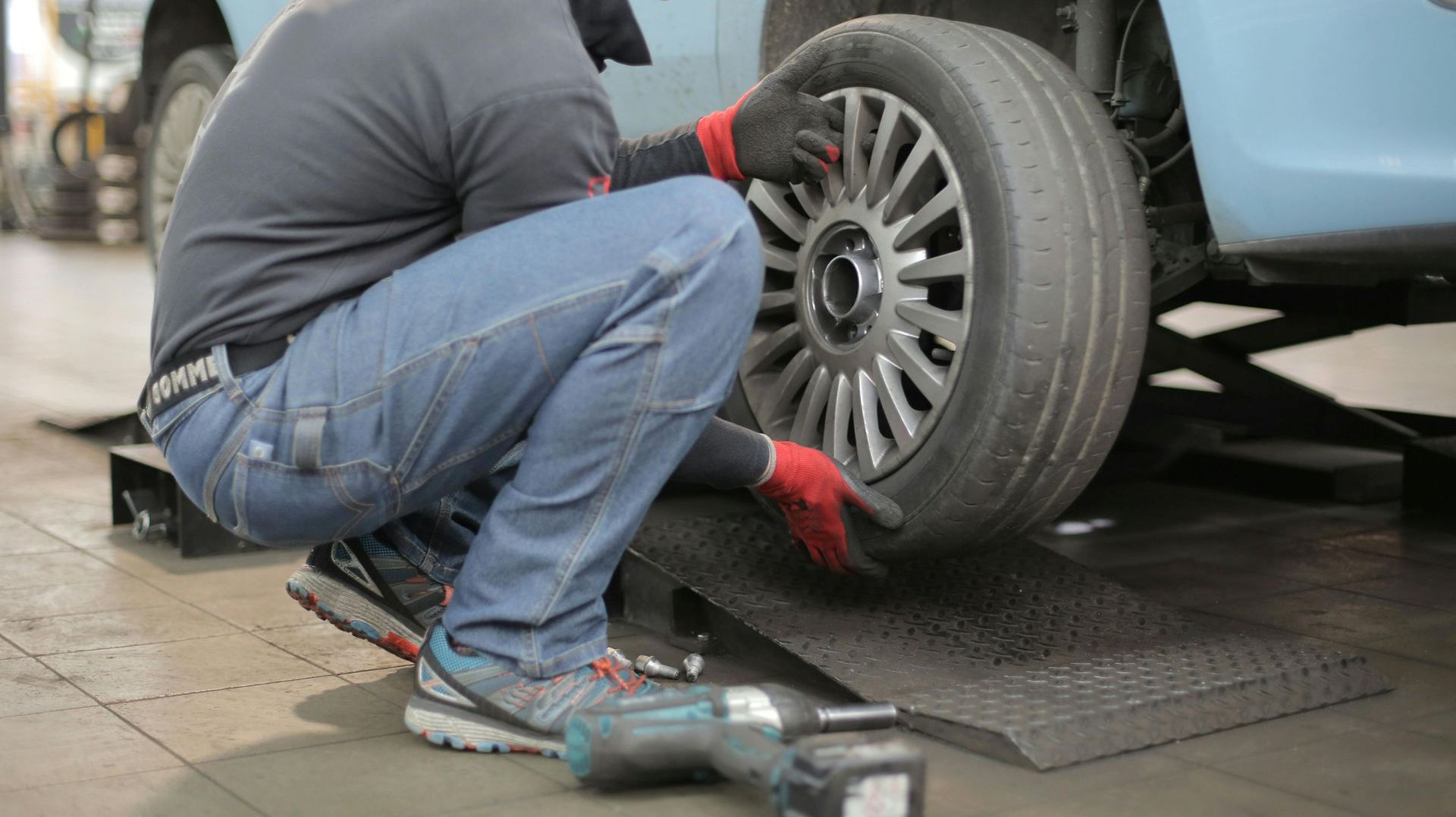
5. Driving Habits and Load Distribution
Sudden stops, hard cornering, or driving with uneven weight distribution (like a loaded trunk or roof rack) can cause uneven stress on tires. It’s not always mechanical; your driving habits matter, too.
The solution: Drive smooth and steady, and make sure your vehicle is loaded properly. Spread cargo evenly and avoid prolonged driving with unnecessary weight.
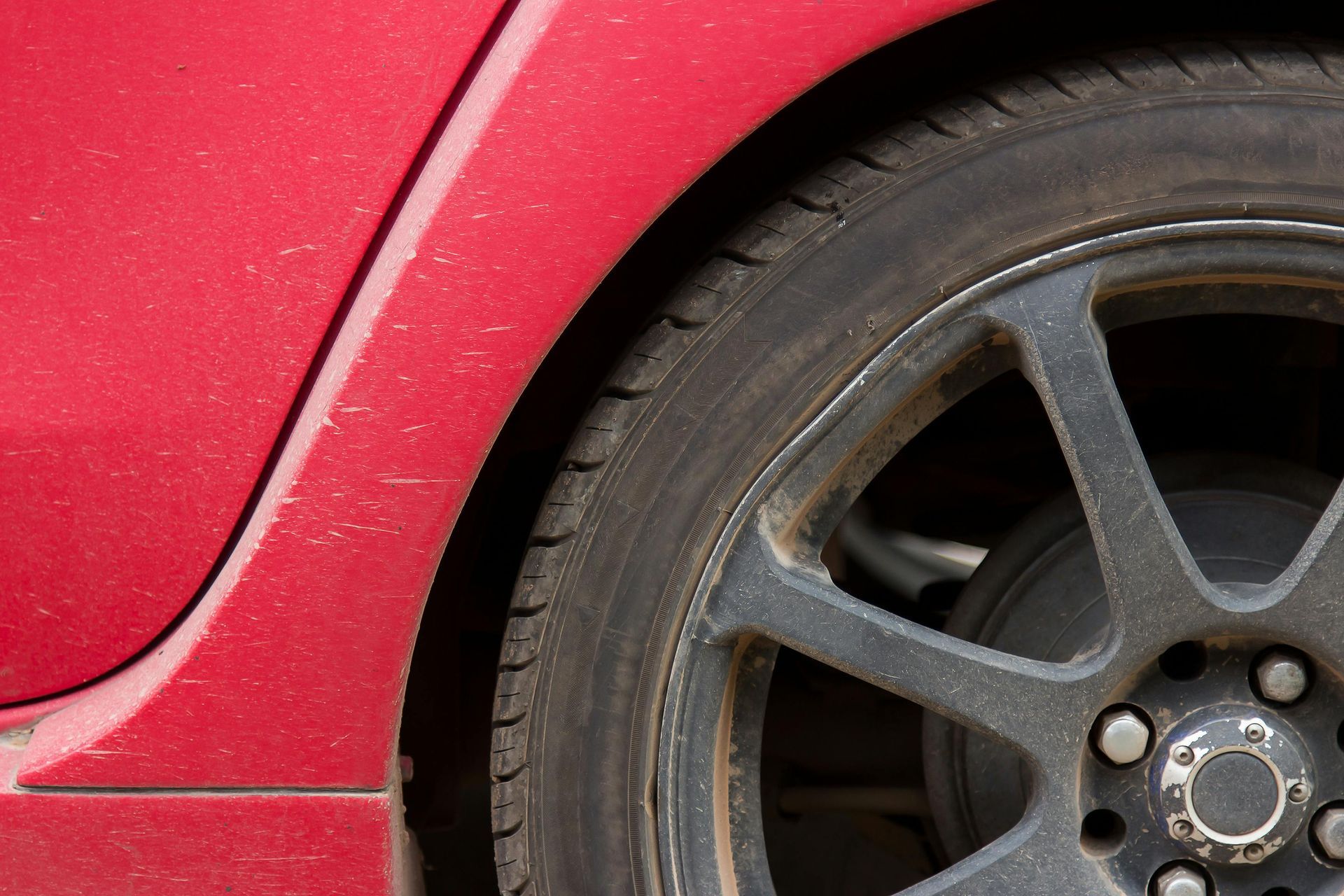
The Cost of Ignoring It
Letting uneven wear go unchecked leads to shorter tire lifespan, reduced traction, poor fuel efficiency, and in some cases, tire failure. That’s more than just an inconvenience; it’s a real safety concern, especially at highway speeds or in wet conditions.
Keep Your Tires in Shape at Raymond’s
At Raymond’s Tire Shop, we help Boston drivers get the most out of every set of tires. Whether you need a rotation, alignment, pressure check, or a full set of replacements, we’re here to make sure your car is ready for the road.
Don’t wait until your tires start to tell you there’s a problem. Come in for a quick inspection and let our technicians keep you moving safely and efficiently, mile after mile.





